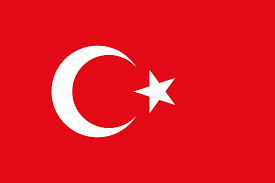Hittite Empire may have more connections between past and present. When the practices of Hittite Empire are examined, we come across many resemblances. I want to point one of those resemblances or connection (however you name this). Christmas is one of the important practices of Christianity and we know that Santa Claus culture became true…
Astronomy in Small Asia
Astronomy is a very popular science branch in present. But it was also very popular and more important than it is thought. As the seasonal routines were designed up to the astronomical events. Small Asia was a land where astronomy had a very big place in life. Actually astronomy was a scientific branch which was…
